The full building permit has been issued for Casa Yucatan, a new affordable residential development at Ashland Avenue and 21st Place in Pilsen. The permit was applied for in June of last year, and was issued May 9th with a reported $39 million construction cost. This permit follows the caisson permit issued December 17th of last year. However, work on the site has yet to begin.
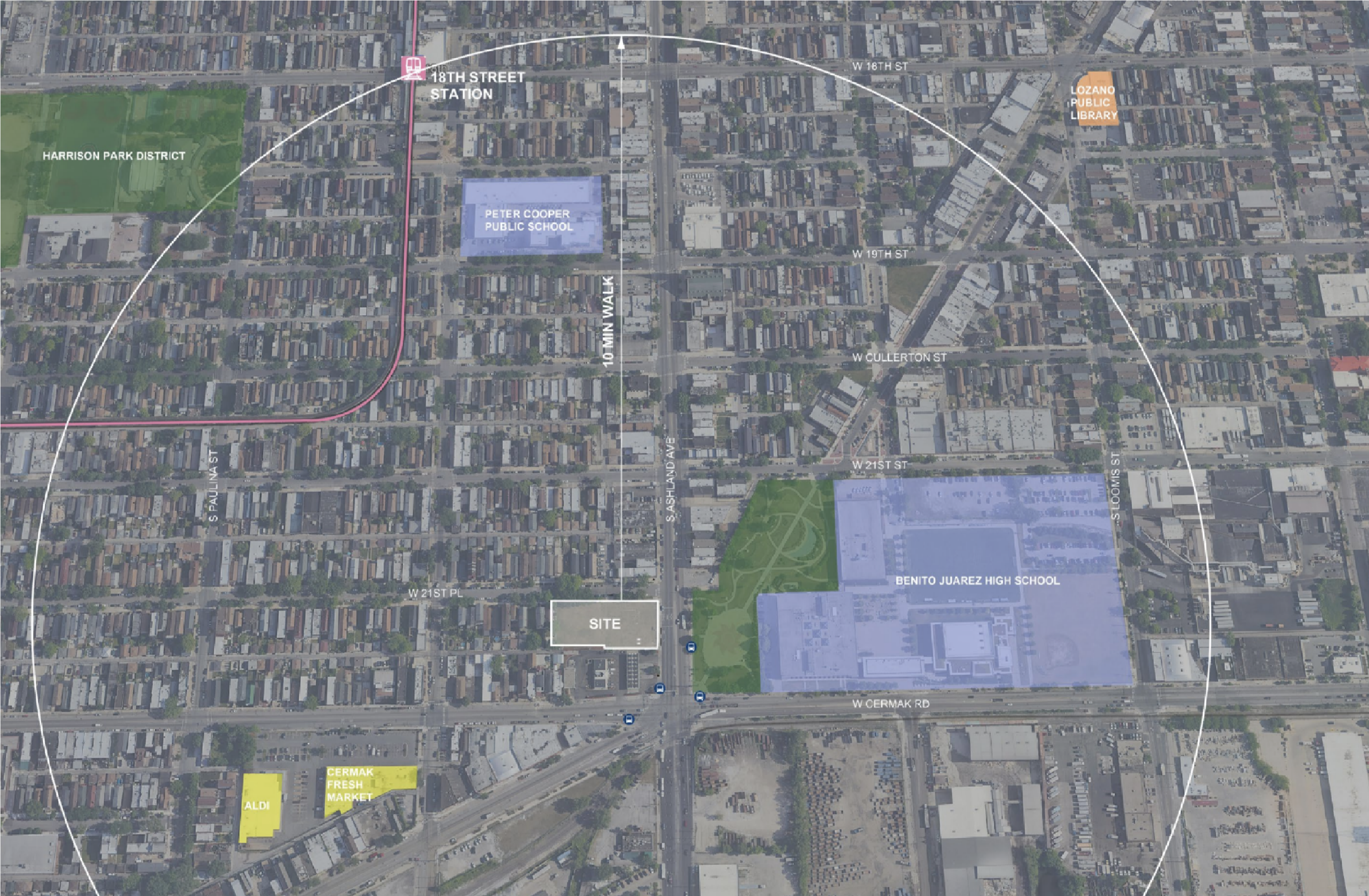
Site context map for Casa Yucatan by DesignBridge
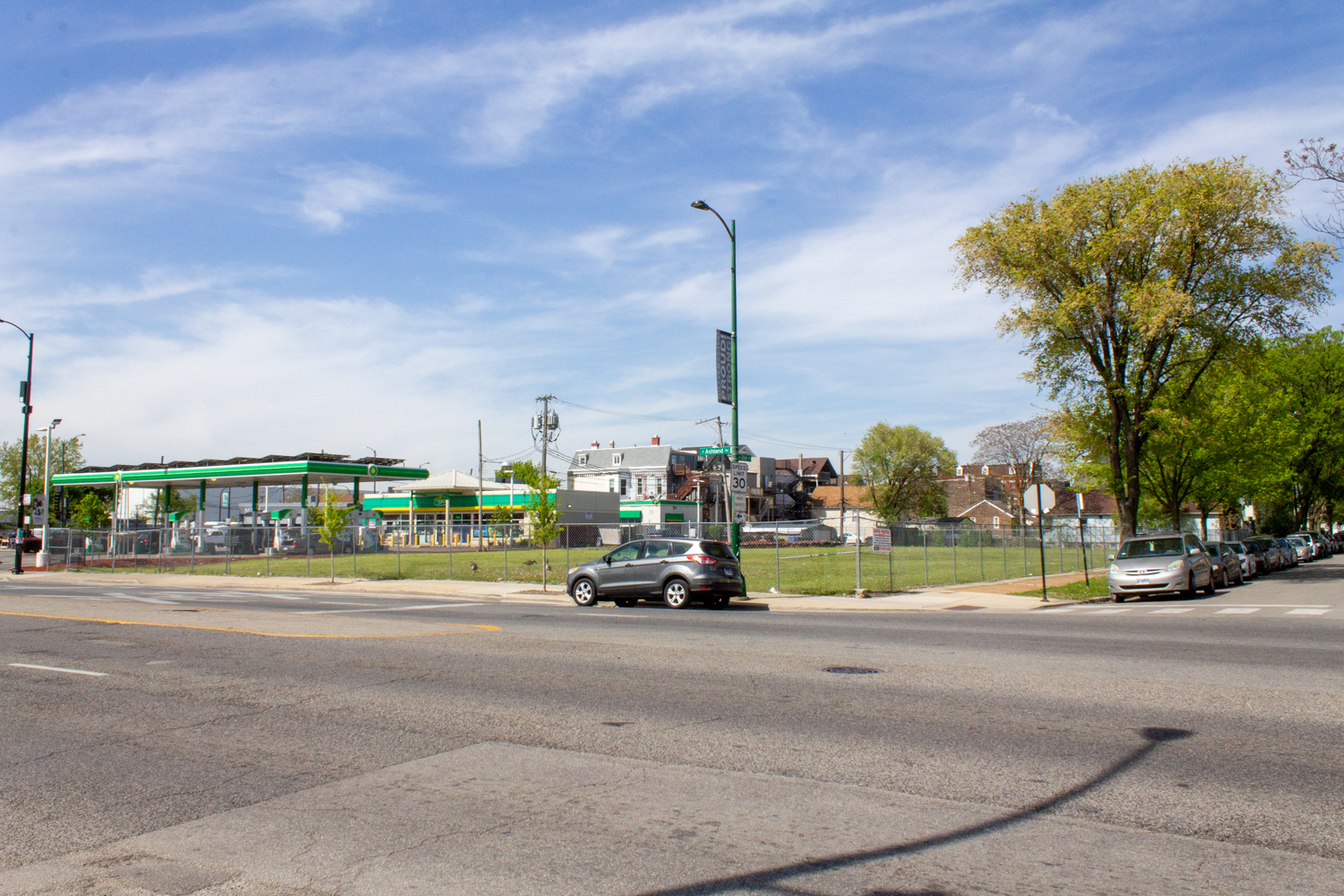
The future site of Casa Yucatan, on the southwest corner of Ashland Avenue and 21st Place in Pilsen. Photo by Daniel Schell
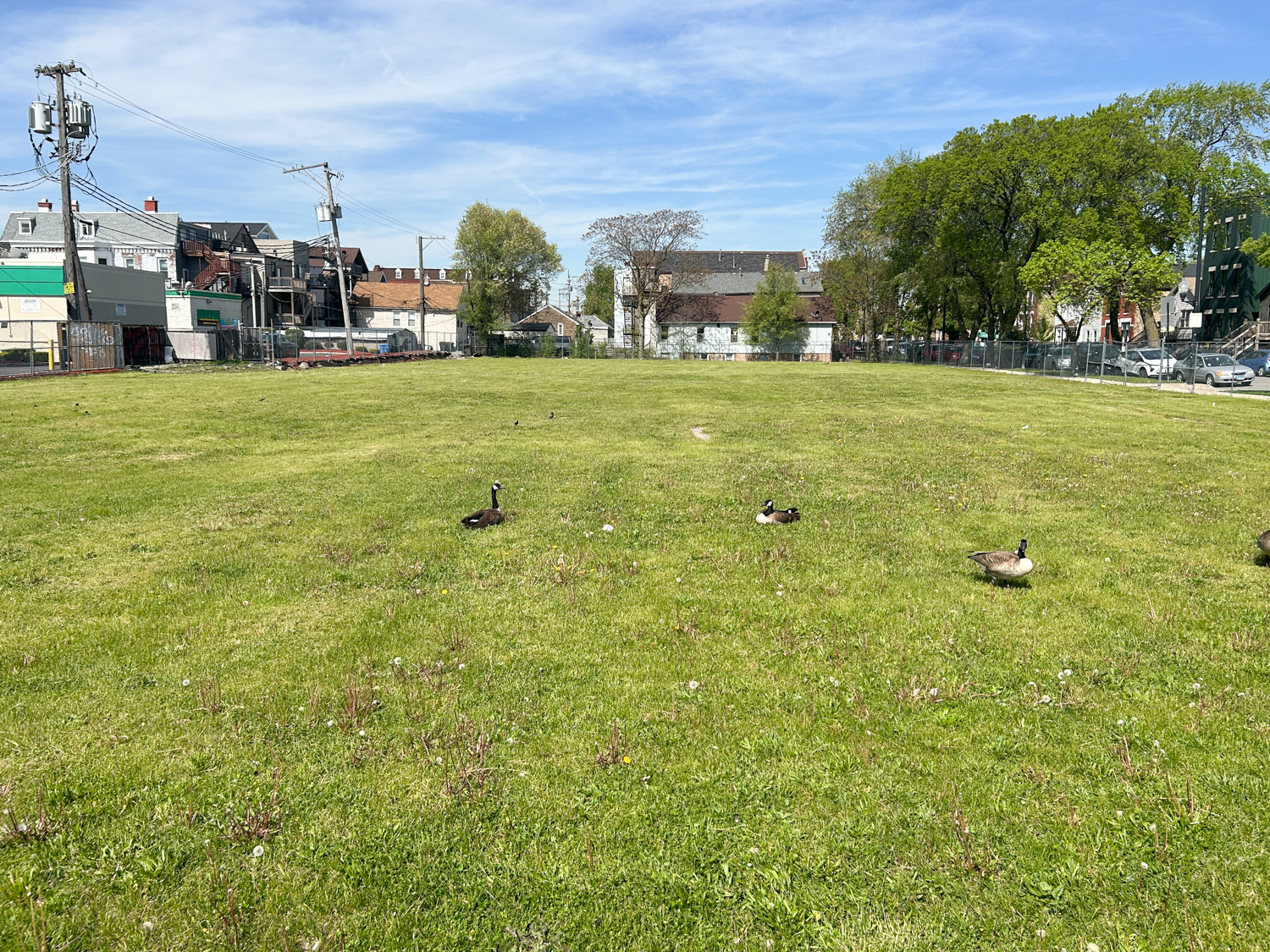
No human activity on the site as of May 12, 2025. Photo by Daniel Schell

Looking southeast from 21st Place. Photo by Daniel Schell
The Resurrection Project is developing the fully affordable project based on plans from DesignBridge. The eight-story, 98-unit building will feature a mix of 38 one-bedroom, 34 two-bedroom, and 26 three-bedroom apartments. There will be 20 parking spaces available in a surface lot. Additional tenant amenities include a multi-purpose room, training center, reading room, bike storage, and courtyard with a children’s playground. The Blackwood Group and Crane Construction will share general contractor duties.
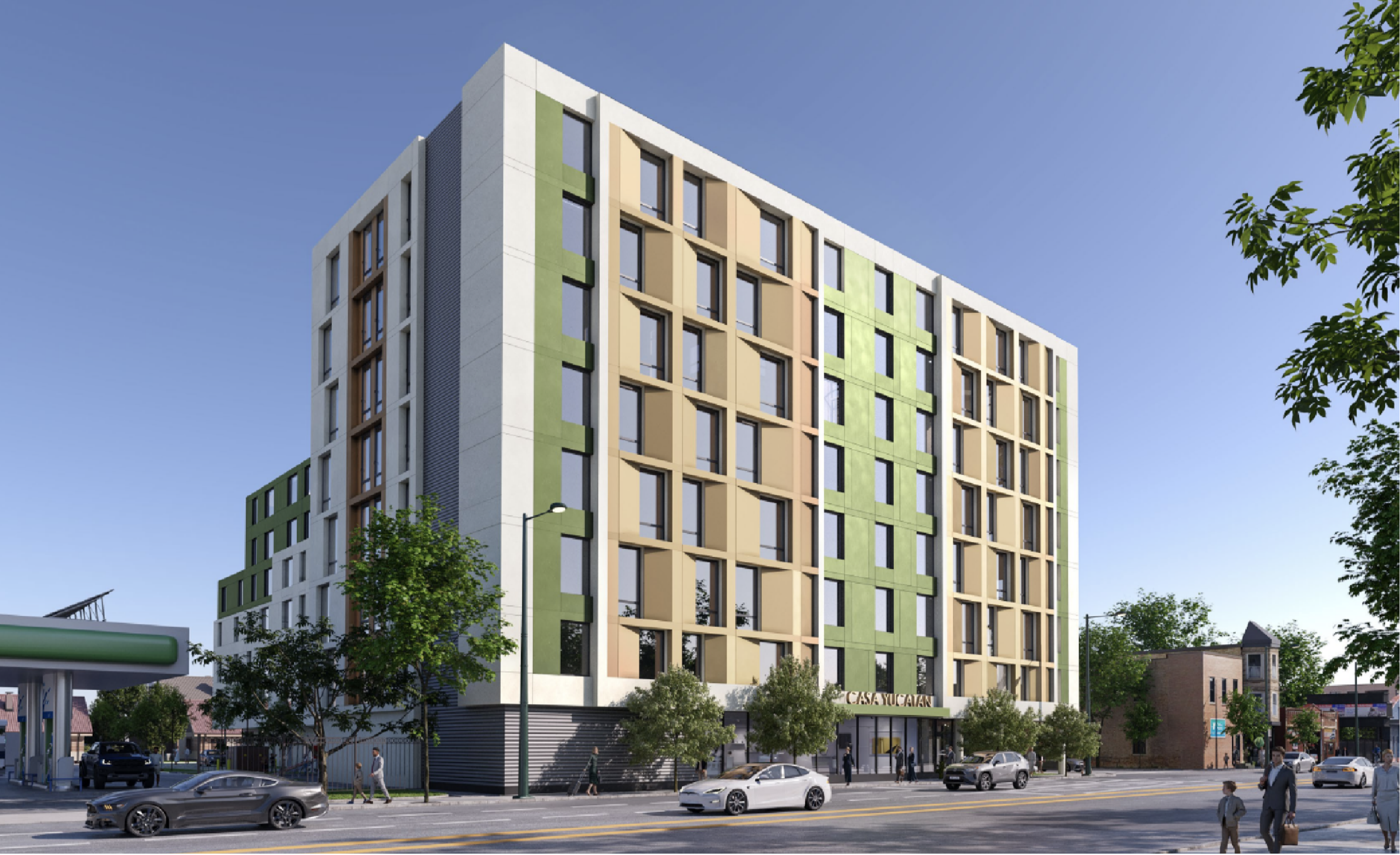
Rendering of Casa Yucatan by DesignBridge

Floor plans of Casa Yucatan by DesignBridge
Casa Yucatan will be located one block north of the busy intersection of Ashland Avenue, Cermak Road, and Blue Island Avenue. CTA Route 9, X9, 21, and 60 buses all have stops here. The 18th Pink Line and Damen Pink Line stations are both available within about a half-mile walk. For suburban excursions, the Cermak bus and the Western Avenue Route 49 can be used to connect with the Western Avenue BNSF Metra station about a mile and a quarter northwest.
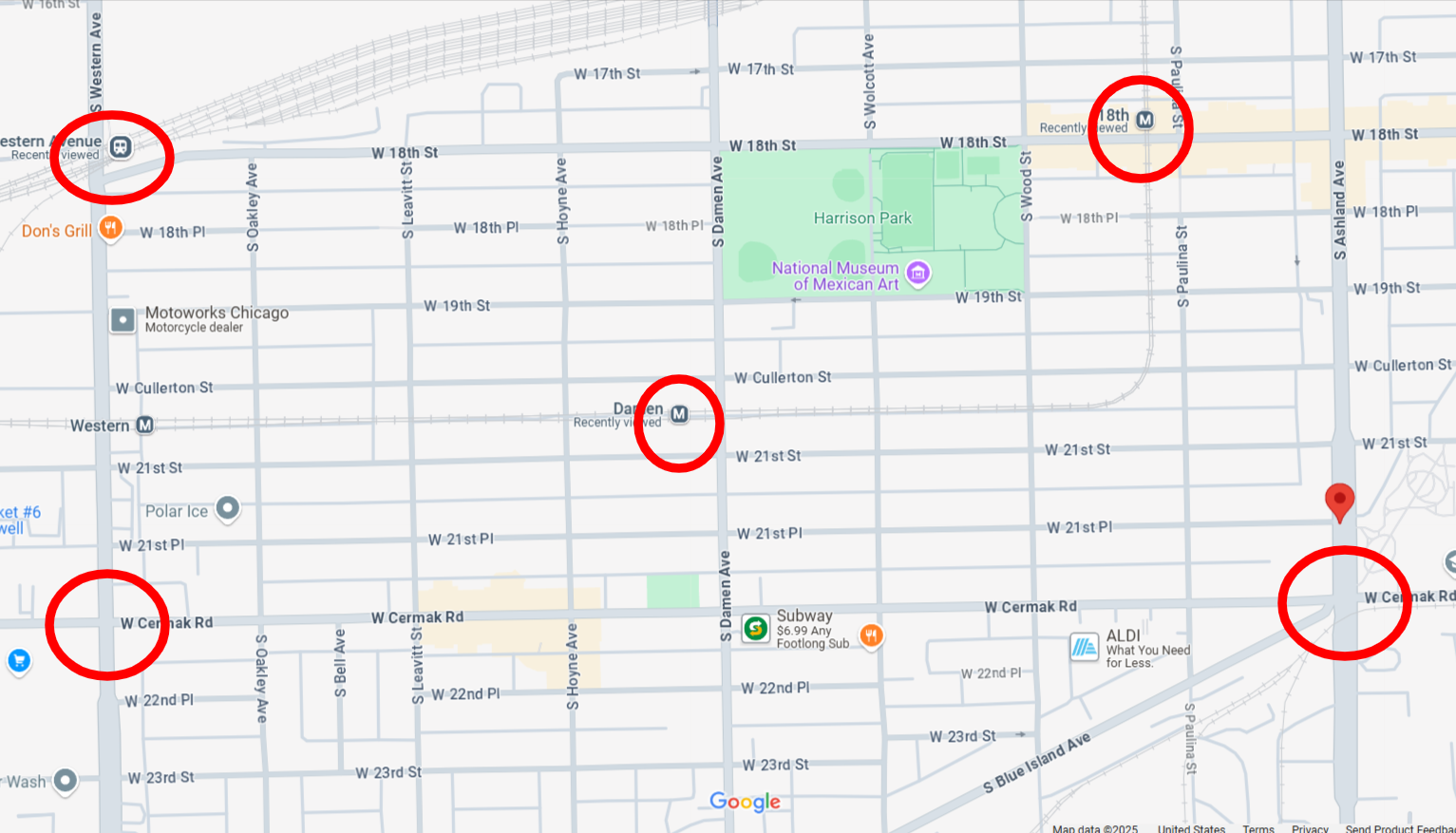
Nearby transit locations, via Google Maps. The Route 18 bus is also available, running east-west along 18th Street
Subscribe to YIMBY’s daily e-mail
Follow YIMBYgram for real-time photo updates
Like YIMBY on Facebook
Follow YIMBY’s Twitter for the latest in YIMBYnews

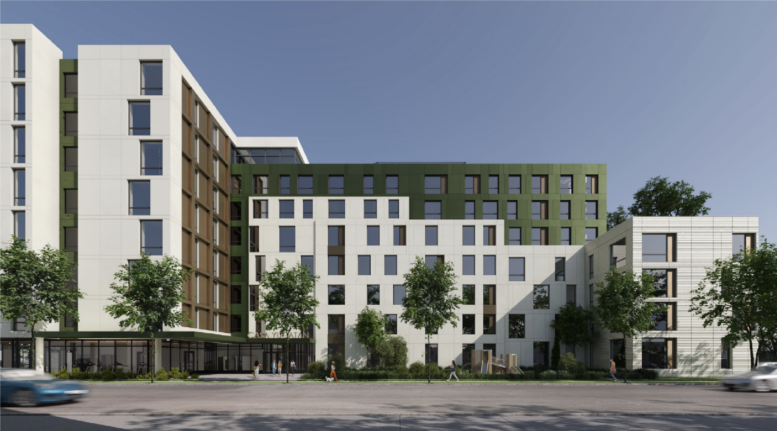
$398K per unit versus the Cabrini Green units coming in at $677K per unit. What would account for the difference?
The developer. One is incentivized to deliver more for less because their foundations tend to have more hoops and fewer bountiful funding sources. Meanwhile, the Cabrini Green site is much more publicly involved. Too many city requirements inflate such projects to an extreme degree.
Sometimes, these budgets also account for operational costs, but I am unsure how that reflects on a city budget vs. the project’s total cost, since one would be recurring.
idk if links are allowed on this site, but Richard Day from City That Works had a good substack post about this recently.